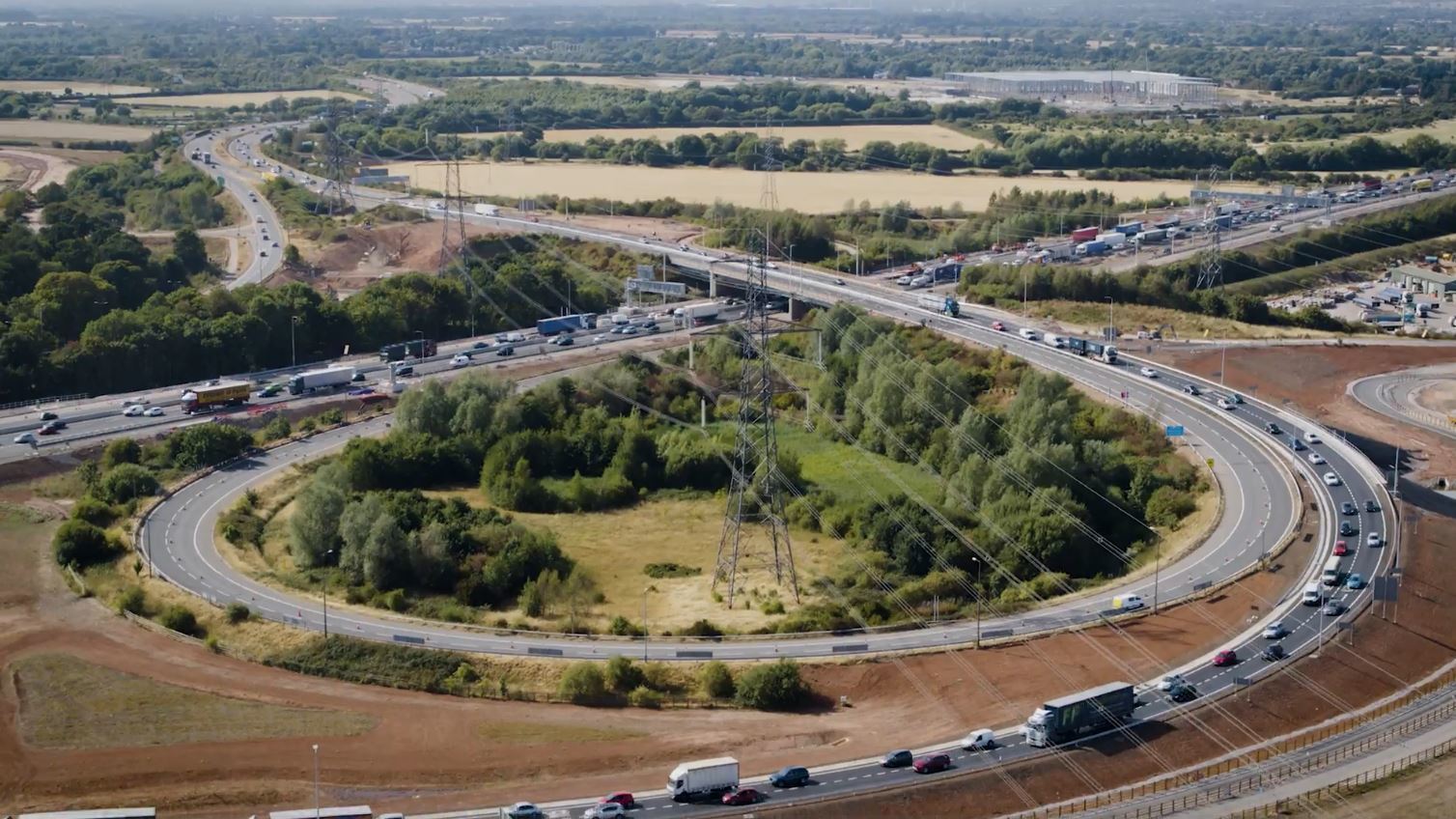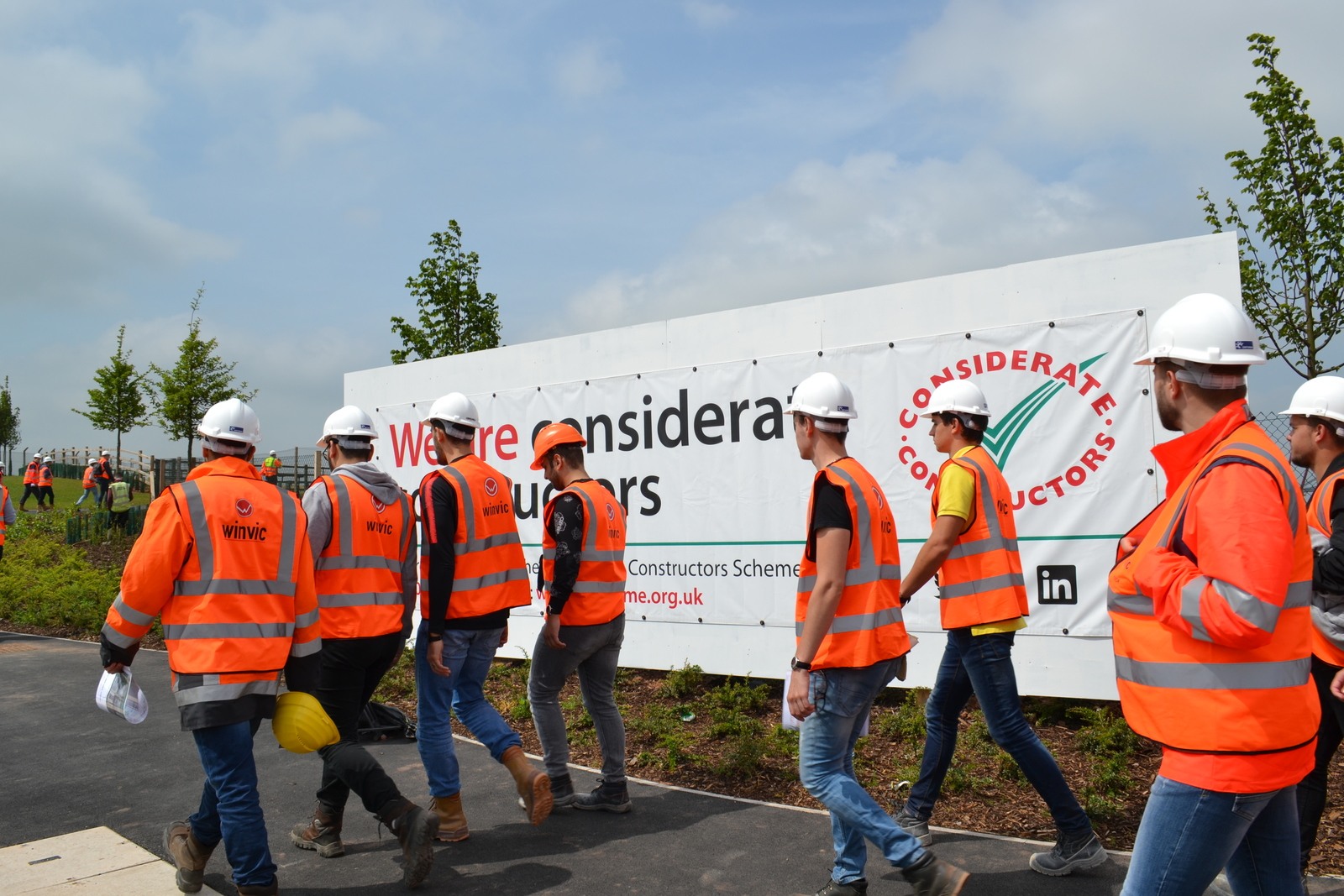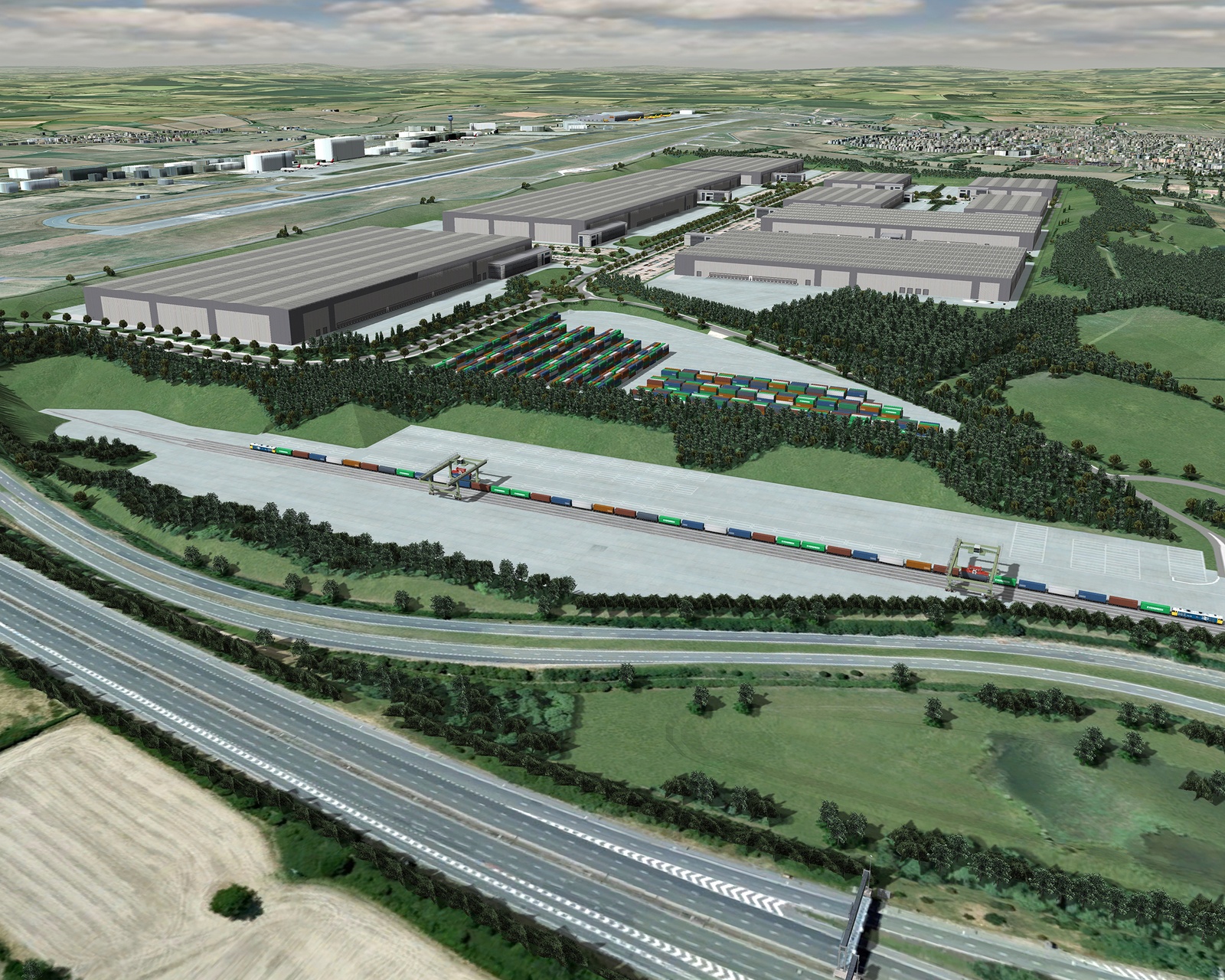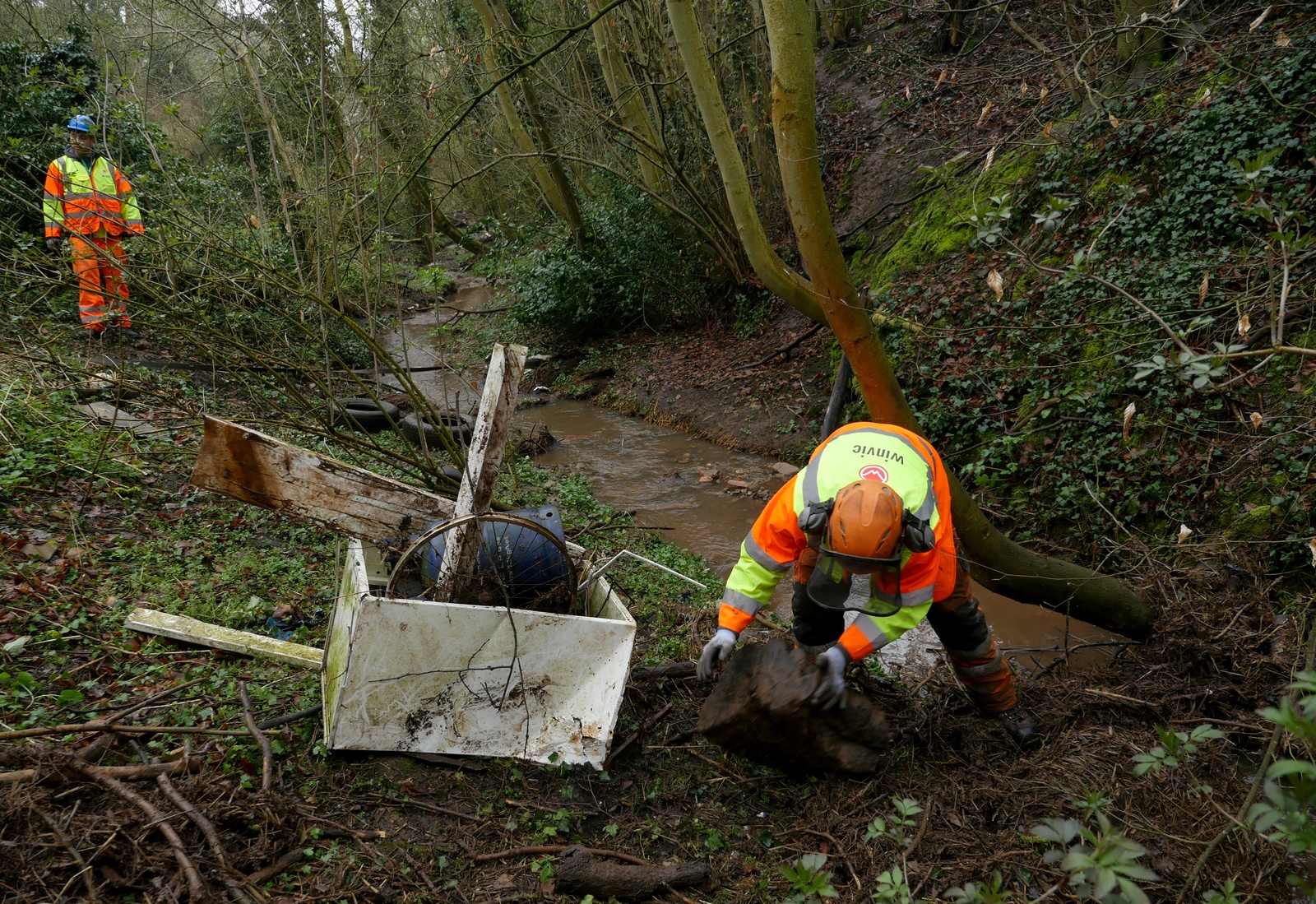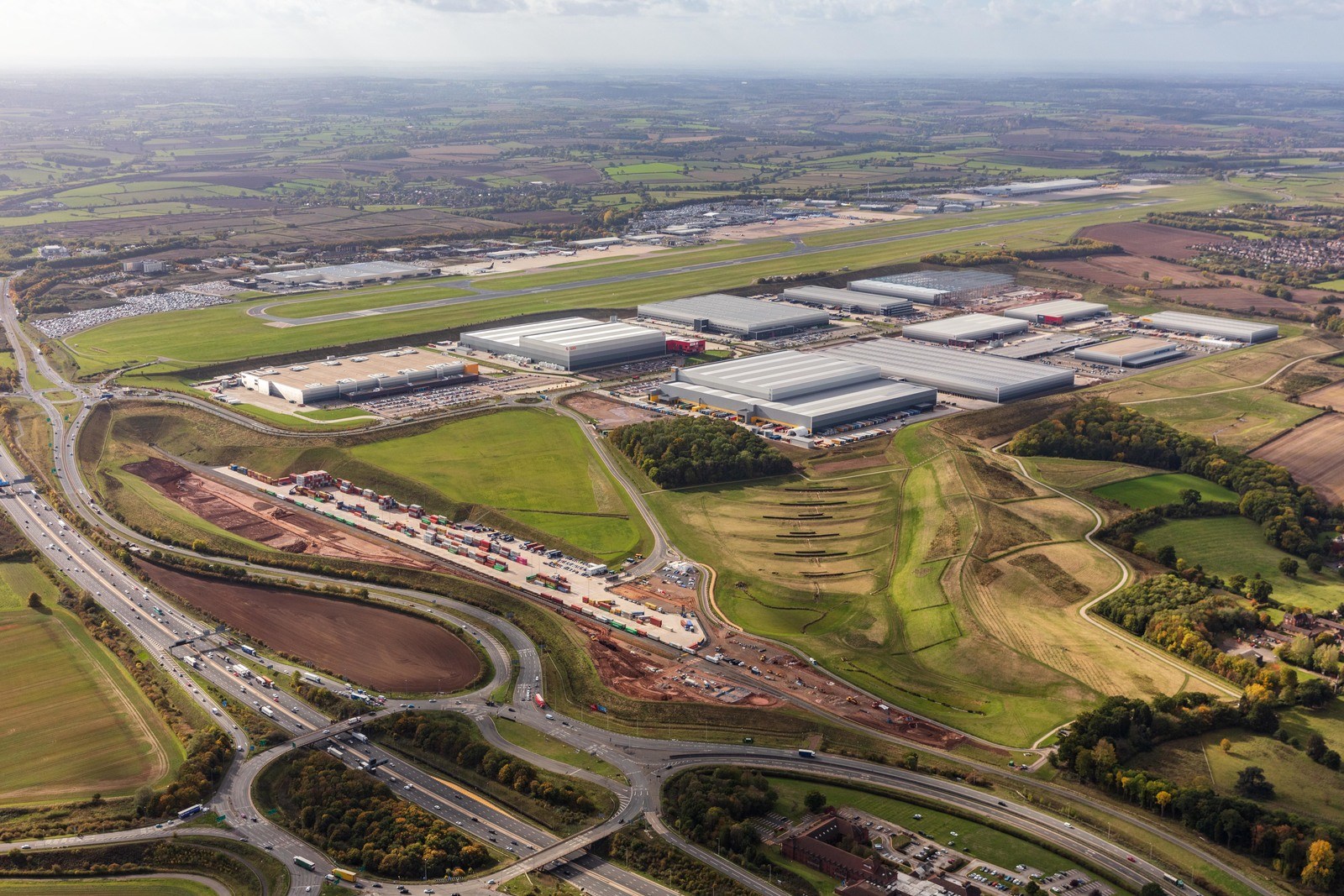Members of The Institution of Civil Engineers (ICE) gained an insight into the civil engineering challenges faced on a project the scale of the 700-acre SEGRO Logistics Park East Midlands Gateway during a recent visit to the site.
17 ICE members visited the development, which has planning consent for approximately 6 million square feet of logistics accommodation and will incorporate a 50-acre Strategic Rail Freight Interchange (SRFI), with a rail freight terminal capable of handling up to sixteen 775m freight trains per day. The Nationally Significant Infrastructure Project (NSIP) will provide a range of transport, economic and environmental benefits and will employ around 7,000 people.
ICE, who has over 90,000 members supporting them to become qualified and providing continuing professional development through a variety of knowledge resources and tailored training, visited the site as part of the East Midlands Nottingham Leicester and Derby branch AGM. Winvic who are acting as Principal Contractor for infrastructure contracts one and two, as well as the first three development plots, have been collaborating with ICE in recent years to share expertise gained from the project and to promote civil engineering.
“There are many ways in which our members can engage and knowledge share and Winvic has embraced this collaboration fully by sharing their experiences and lessons learnt on site at East Midlands Gateway” Richard Davis, ICE
Last year, ICE’s President visited the East Midlands Gateway site to discuss work being undertaken on the three-year project to create an ‘inland port’. This year, other influential members of ICE were invited to visit the site to see the extent of the on-going works and to listen to presentations by guest speakers Simon Hilditch, BWB Consulting and Giles Taylor, Winvic’s Design Manager for the project, who took the opportunity to discuss some of the interesting challenges the project is encountering.
With its scale and proximity to East Midlands Airport, it has thrown up some civil engineering challenges and a need for extensive infrastructure works that are currently taking place to improve J24 and J24A of the M1 and will incorporate the introduction of a smart motorway system by Highways England, providing safer access to the A50 at Lockingham and Hemington and a new Kegworth by-pass.
The combined key working statistics of contracts one and two include approximately 6 million m3 earthworks of which 2.7 million has been completed to date, 12,600m2 of new services on site, over 30 existing utility diversions, 7km of new rail, more than 300k tons of aggregates of which approximately 150k have been delivered so far, 21km of drainage which stands at 60% complete and a new dedicated primary substation.
During his presentation to the group, Design Manager, Giles Taylor highlighted some of the main challenges faced by the development; the safeguarding of the airport, design, CDM and programme interfaces with the Highways England Smart Motorways Project and safeguarding the DVA (Derwent Valley Aqueduct).
Giles told the group “The project has enabled Winvic to show its full capabilities of delivering ‘The Winvic Way’ by ensuring an extremely clean, organised, professional working site, guaranteeing no debris are blown into the airfield grounds. It demonstrates the ability of our staff to learn and adapt to new challenges, such as learning to identify significant bird species, communicating with air traffic control, removing birds safely and reporting when clear. As well as ensuring our lighting is down facing and building colours and materials reflectiveness are restricted when facing an airport to prevent glare, and not least, dealing with the unexpected to ensure safety is maintained when purging gas through new pipelines and venting into the air”.
Those who attended enjoyed the opportunity to see the scale of the project, Carl Rickerby Contracts Manager at Mott MacDonald Bentley commented “I thoroughly enjoyed the site visit, my impressions were that it was a well-run and organised operation in all areas. It was good to see civil engineering happening on an extremely large scale and it was interesting to find out the benefits that the gateway is having on the local area.”

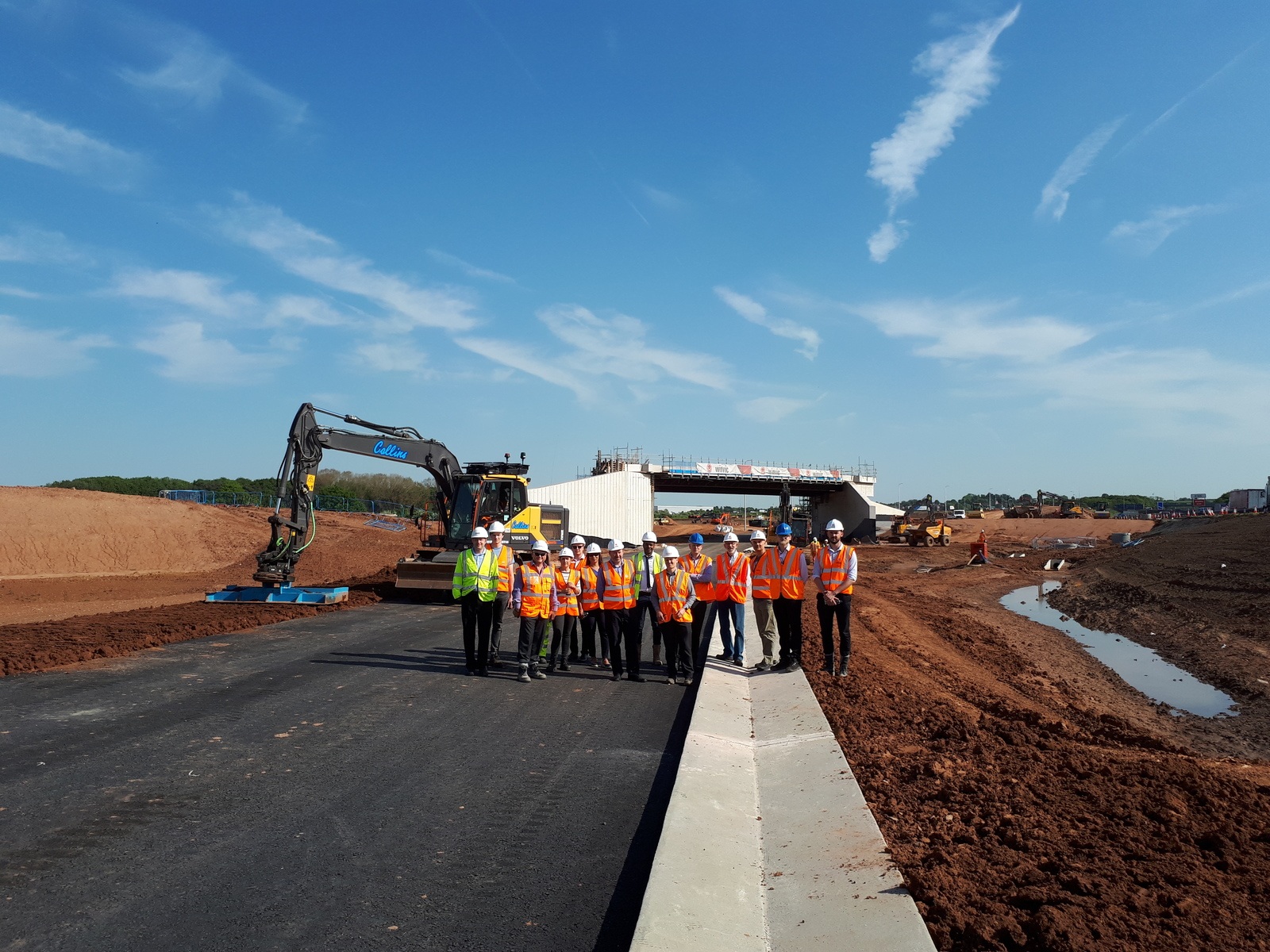
 Share
Share
 Repost
Repost
 LinkedIn
LinkedIn
 Email
Email
